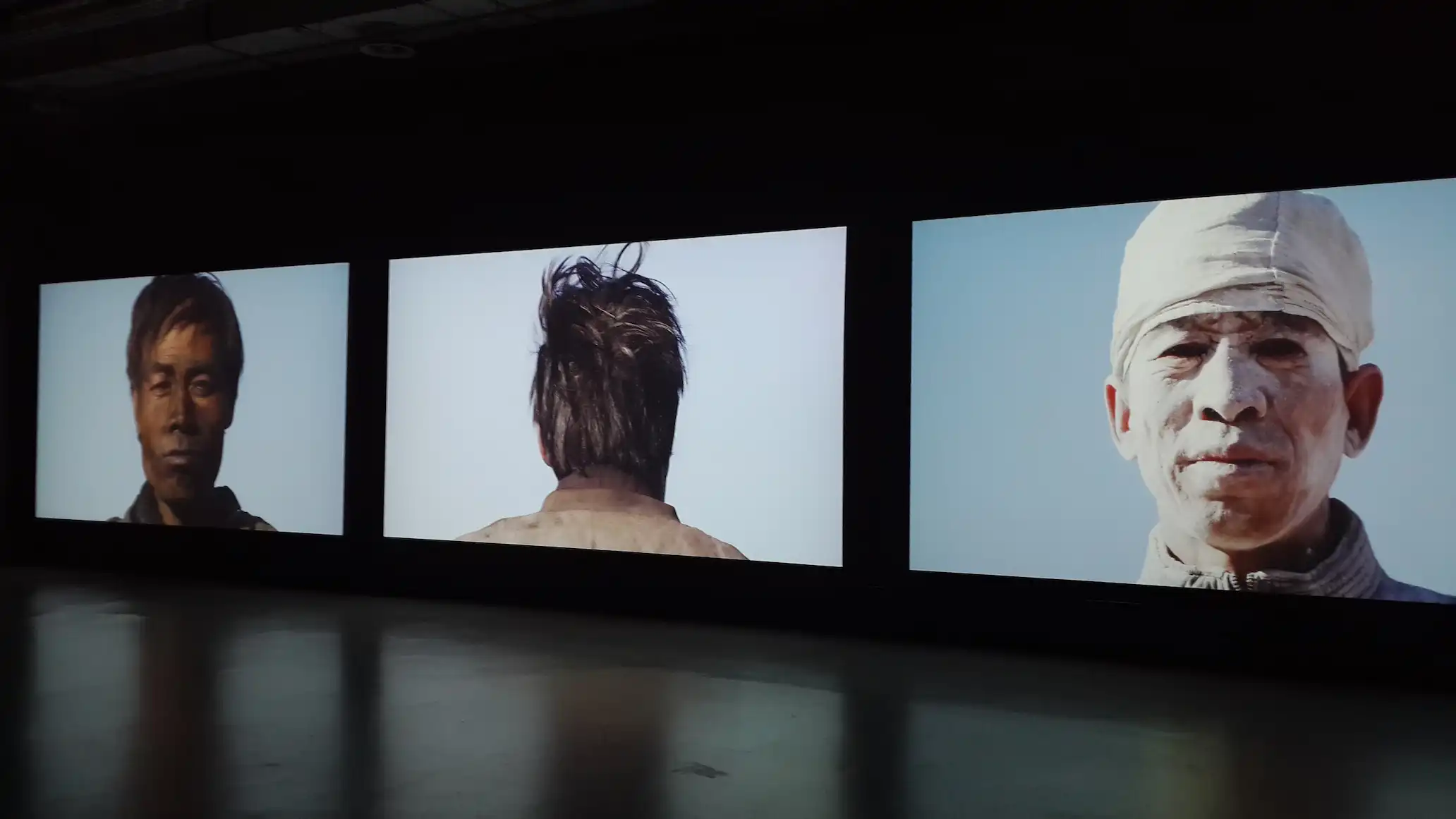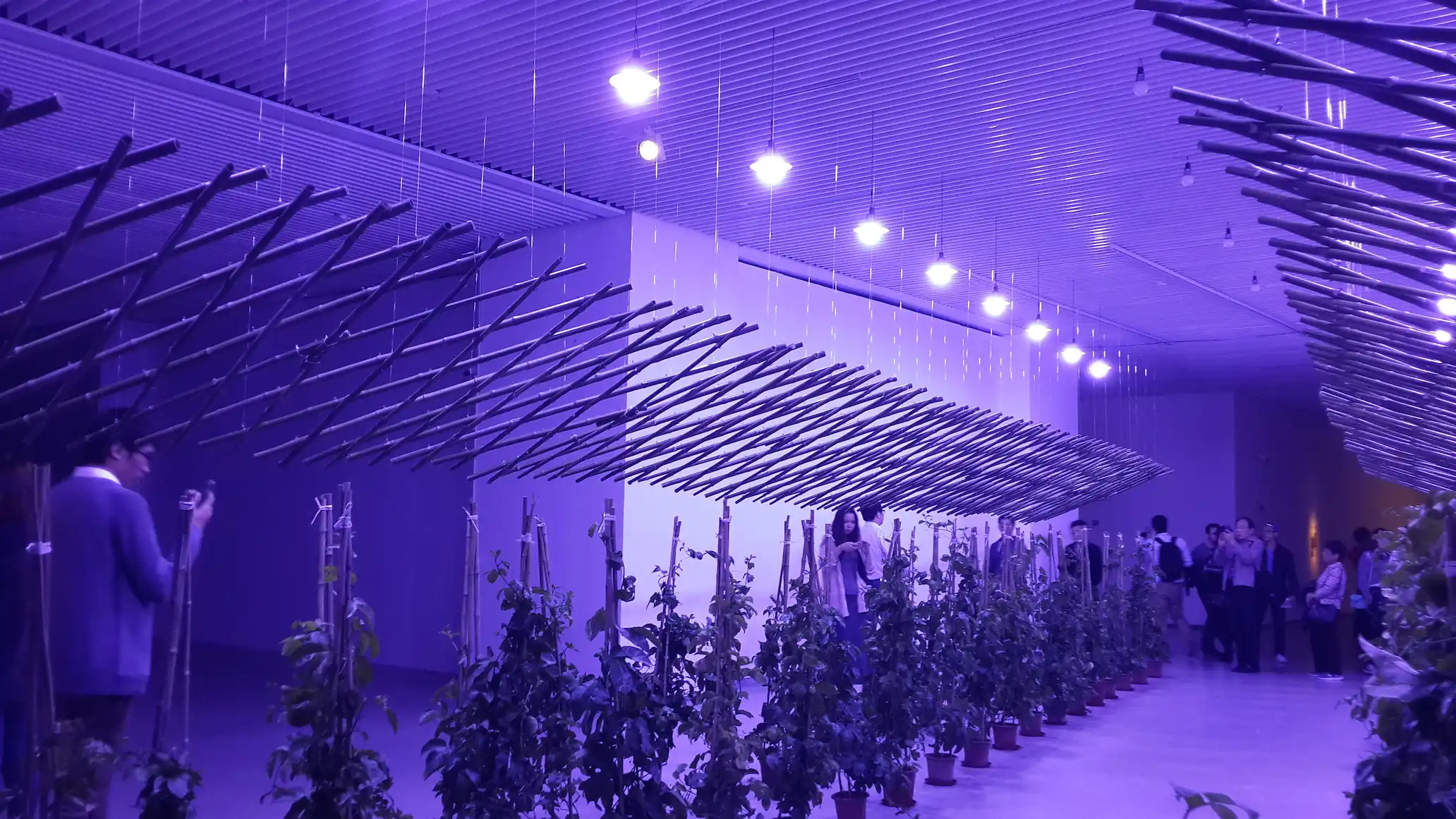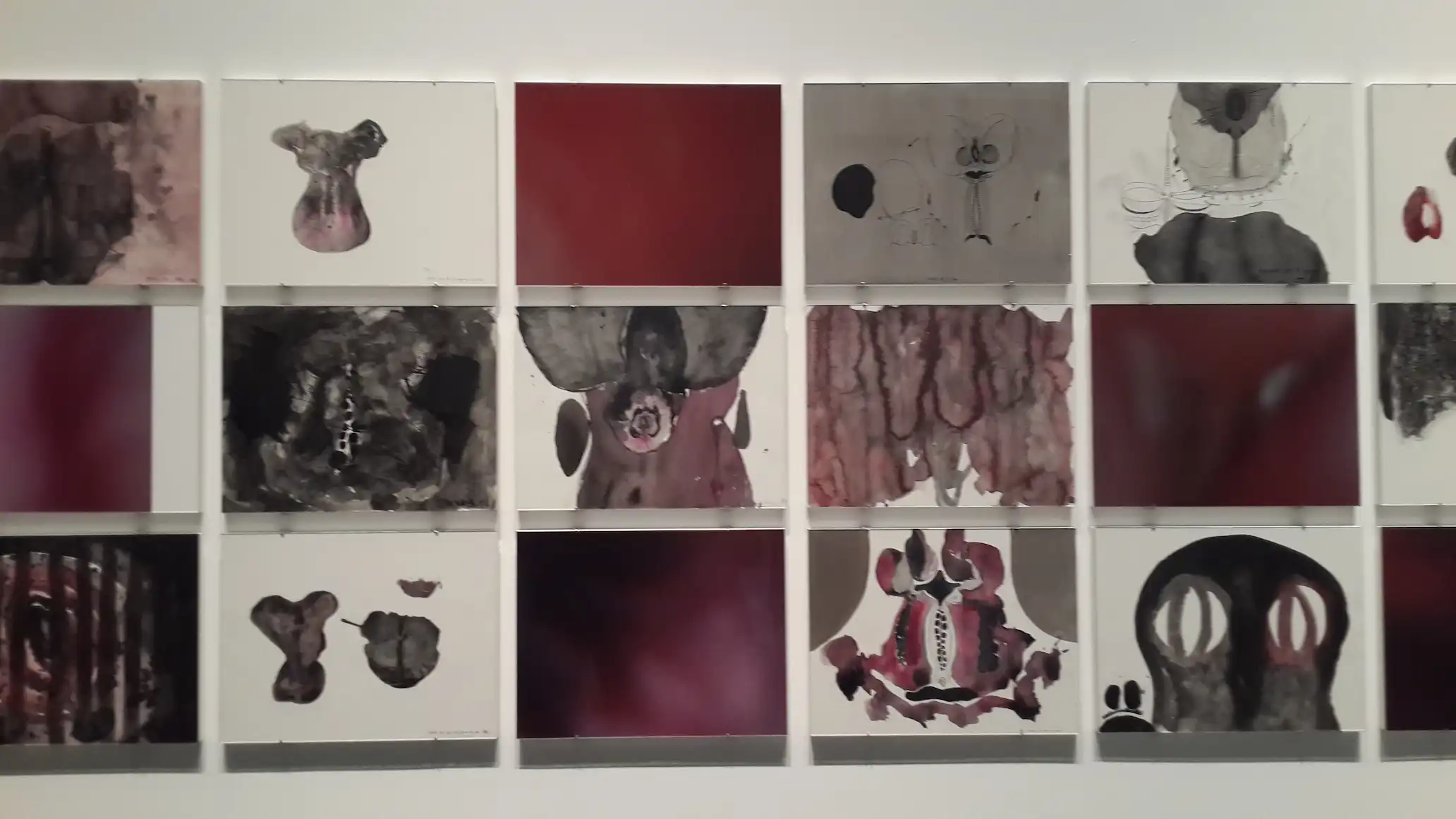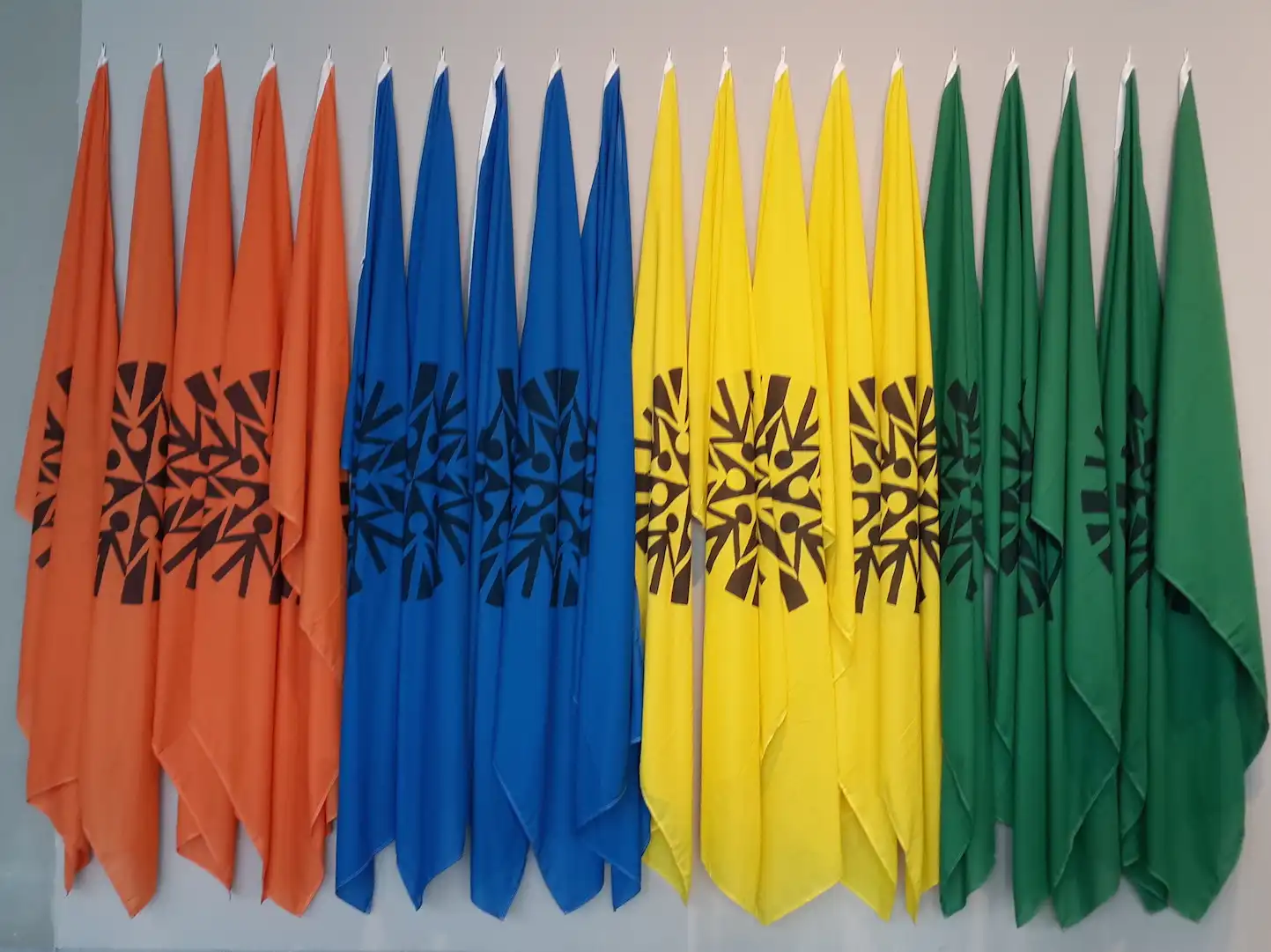Shanghai Biennale Fails to Impress
Where’s the dislike button? For what’s supposedly the biggest arts event in the city with such a bold theme, Shanghai Biennale unfortunately fell short of expectations. The Biennale only happens every two years, and it is an event some students might only see once during their time here in Shanghai. This being my first Biennale in Shanghai, I was excited to see what the hype was all about and not miss a single minute of the spectacle. I showed up the first day the exhibition was open. Even though it was held at the massive Power Station of Art, the state-run contemporary art museum in Shanghai, I felt claustrophobic. Crowds had flocked to the museum to see the Biennale, and it was almost impossible to turn around without bumping into another person. It was hard to get a good look at (let alone a good picture) of anything in the museum. There was too much video art, more than a visitor could watch in a day. I felt like I was wandering lost, being shuffled to and from, random and occasionally bizarre artworks, not fully understanding what I was looking at. I walked in expecting to be wowed and came out confused.

Supposedly, the theme of the exhibition is called “The Social Factory”. The curator, Anselm Franke explained it as an exploration of “what characterizes the production of the social, and how “social facts” are constituted.” This leaves a lot of room for good social commentary. But for many works, the connection with Biennale’s theme is very tenuous or not even present. For example, on the second floor, there is a huge wall covered in, close-up pictures of the artist Erin Steinbrecher’s forehead. I’m not sure what that has to do with social commentary.

One thing that the show suffers from is a lack of context provided. As I went from floor to floor, I didn’t know what I was looking at. Some of the works had a caption with a title and artist. That’s it. There were a rare few that had some explanation, while some weren’t labeled at all. Some were still fun, such as Liu Ding’s installation of public telephones on the second floor where you could pick on up and listen to his interviews with other Chinese artists, a crowd favorite at the Biennale.

So I came back later on a private guided tour, and I got a little more explained to me. (That’s how I learned about most of the artworks described above). I also learned the story behind the set-up of the Biennale. Apparently, the chief curator was only given six months to put together this show. It is nothing short of a miracle this Biennale happened, but it shows in the quality of the show.

For those who went to the Power Station’s Cai Guoqiang exhibition last semester, the Biennale lacks that same “wow” factor and just seems like a hodge-podge of artworks. I would only recommend coming here if you haven’t been to the Power Station before, to see this massive and impressive venue. It only costs 10RMB for a student ticket, and there is free admission on Tuesdays, so it won’t put a dent in one’s wallet. Also, on the fifth floor of the Power Station is another show, separate from the Biennale, called “The Emerging Curators Program” which is a lot more interesting and understandable than the Shanghai Biennale on the floors below. This article was written by Veronica Hernandez. Send an email to managing@oncenturyavenue.com to get in touch. Photo Credit:Veronica Hernandez